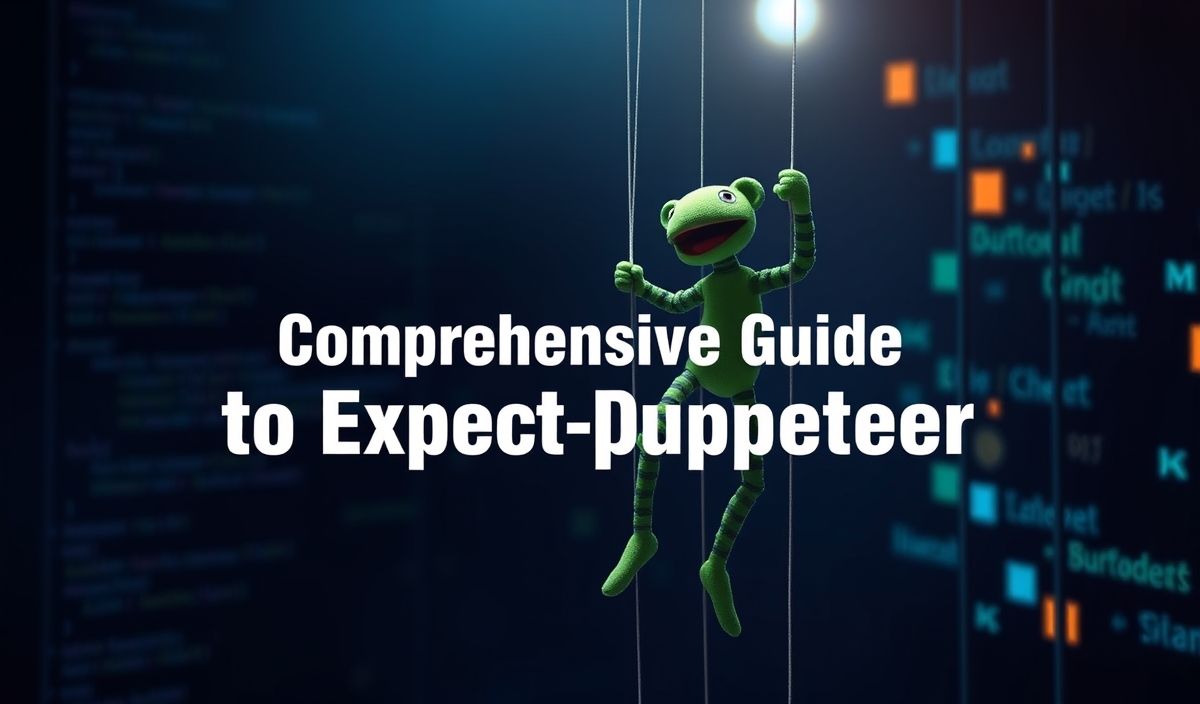Introduction to Hyperscript
Hyperscript is a powerful scripting language designed to simplify the development of web applications. It offers a wide range of APIs that can be used to manipulate HTML, manage events, and interact with various web technologies. In this guide, we’ll explore dozens of useful Hyperscript APIs along with code snippets to help you get started.
Basic APIs
Creating Elements
With Hyperscript, creating elements is straightforward. Here’s an example:
<script type="text/hyperscript">
let div = createElement('div');
div.innerHTML = 'Hello World';
document.body.append(div);
</script>
Adding Classes
You can easily add classes to elements:
<script type="text/hyperscript">
let element = document.querySelector('#myElement');
element.classList.add('new-class');
</script>
Setting Attributes
Setting attributes on elements can be done using:
<script type="text/hyperscript">
let img = document.createElement('img');
img.setAttribute('src', 'path/to/image.jpg');
document.body.append(img);
</script>
Event Handling
Handling events such as clicks is simple:
<script type="text/hyperscript">
let button = document.querySelector('#myButton');
button.addEventListener('click', () => {
alert('Button clicked!');
});
</script>
Advanced APIs
Fetching Data
You can make HTTP requests to fetch data:
<script type="text/hyperscript">
async function fetchData() {
let response = await fetch('https://api.example.com/data');
let data = await response.json();
console.log(data);
}
fetchData();
</script>
Working with Animations
Animating elements can be achieved using:
<script type="text/hyperscript">
let element = document.querySelector('#animateMe');
element.animate([
{ transform: 'translateX(0)' },
{ transform: 'translateX(100px)' }
], {
duration: 1000,
iterations: Infinity
});
</script>
Creating Custom Events
You can create and dispatch custom events:
<script type="text/hyperscript">
let event = new CustomEvent('build', { detail: { message: 'Hello World' } });
document.dispatchEvent(event);
</script>
Example App Using Hyperscript
Here is a simple example of an app that uses some of the APIs discussed above:
<html>
<head>
<script src="https://cdn.jsdelivr.net/npm/hyperscript.org@0.9.8"></script>
</head>
<body>
<div id="content"></div>
<button id="myButton">Fetch Data</button>
<script type="text/hyperscript">
let button = document.querySelector('#myButton');
button.addEventListener('click', async () => {
let response = await fetch('https://api.example.com/data');
let data = await response.json();
let content = document.querySelector('#content');
content.innerHTML = JSON.stringify(data);
});
</script>
</body>
</html>
Try out these examples to get a feel for how Hyperscript can simplify your web development process.
Hash: f6be90ca78200ba4416b6d17cdc7159d19345049bfac366a968cb3b1b0008403




